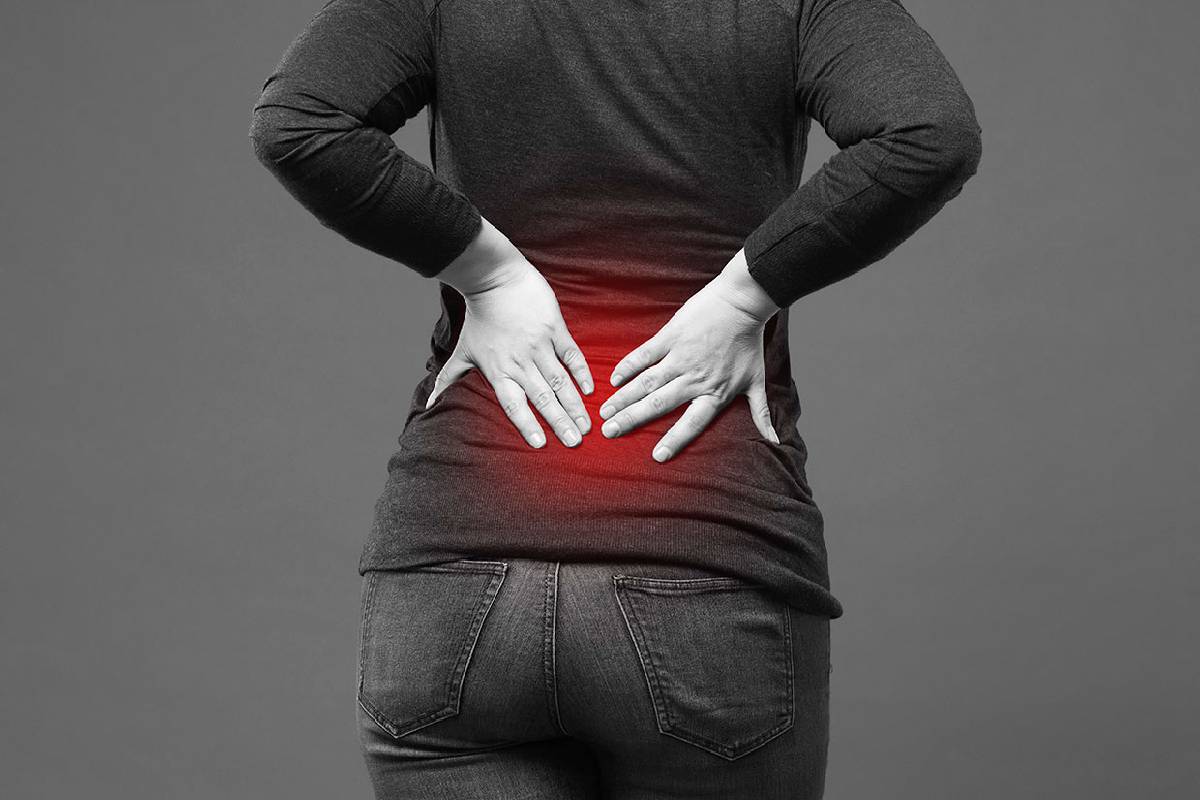

Nothing can ruin a good day kayaking quite like a sore back either during the excursion or after.
Since so much of kayaking relies on your core, it is very easy to strain your back when you are paddling incorrectly or moving the wrong way.
Bending and twisting can put quite a strain on your back, especially the lower lumbar area. Since prevention is the best medicine, it pays to reduce back pain by taking measures to not strain your back in the first place.
Let’s go over some ways to keep your back in good shape so you can enjoy kayaking without anything getting in the way.
Table of Contents
A kayak is heavy and awkwardly shaped, so lifting it alone is very difficult to do. Make sure to have a friend help you out, or lift your kayak with a hoist to get it on your car or truck.
If you don’t have a hoist, then the key is to lift the front of the kayak and place it on the top of the car. While it is resting, then lift the back of the kayak and slide it on. If you try to lift the entire kayak and then place it on to the roof, then you could strain your back before you even get out on the water.
Being in the proper position in your seat is important to be able to paddle correctly. By using your core to paddle, you are working muscles in your back that need to be stabilized. Seats with good lumbar protection are ideal to be able to paddle for hours at a time without hurting your back.
Cheap seats will cut your trip short as you get fatigued much faster. Then the next day, you can really feel the effects on your back with tightness and sore muscles.
Also, make sure to have the footpegs in the right position so you can push off with your legs as you paddle. Otherwise, your back is doing all the work.
Getting all of your muscles loose before you hit the water will reduce any strains later. If you do yoga, then even better.
You can even do some exercises while in the kayak to stretch your back and keep it from going tight. While sitting in your seat, swivel your pelvis back and forth as far as you can go each way and hold it for a couple of seconds before repeating.
Also, try doing this while lifting yourself off of the seat by placing your hands on the deck by your sides and pushing up until your buttocks are a couple of inches up.
If you are kayaking close to shore or approach an island, then take advantage of a break every now and then and get out to walk. This will give you a break and take the pressure off of your lumbar region.
In the relentless pursuit of entrepreneurial success, it’s easy to overlook the most vital asset—yourself.… Read More
A barrel sauna isn’t just a visually striking wellness addition—it’s an efficient and highly functional… Read More
Technology is an integral part of most teenagers' lives today. While devices and social media… Read More
LASIK is one of the most popular vision correction surgeries that offers you freedom from… Read More
Plumbing issues can arise unexpectedly, and understanding the costs involved is crucial for homeowners and… Read More
Skin aging is often associated with external factors like sun exposure and pollution, but inflammation… Read More